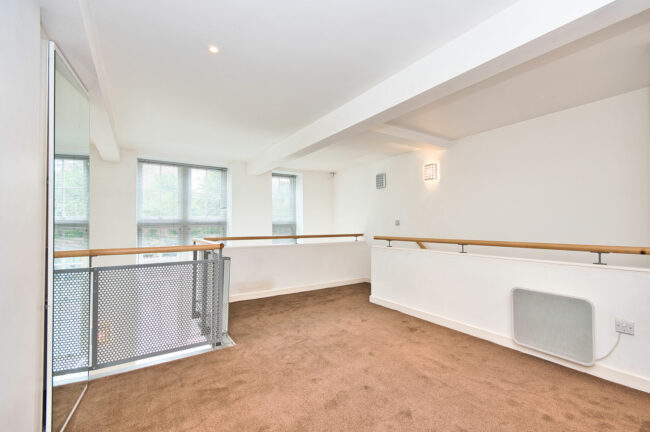The Benefits of Installing a Mezzanine Floor
Mezzanine floors have become an increasingly popular choice for businesses looking to create additional space within an existing building. They offer numerous benefits over traditional build methods, including cost savings, flexibility, and tax benefits.
In this document, we will explore these benefits in more detail, as well as other advantages of mezzanine floors.
Cost Savings:
One of the most significant benefits of mezzanine floors is the cost savings they offer over traditional build methods. Mezzanine floors can be installed within an existing building, which means that there is no need for expensive groundwork, foundation, or roofing work. This can result in significant cost savings, particularly for businesses that need to create additional space but are operating on a tight budget.
In addition to the cost savings associated with the installation of a mezzanine floor, there are also long-term cost savings to consider. Mezzanine floors can help businesses to better organize their operations, which can result in increased efficiency and productivity. This increased efficiency can lead to cost savings over time.
Flexibility:
Another key benefit of mezzanine floors is their flexibility. Mezzanine floors can be designed to fit almost any space, which means that they can be tailored to meet the specific needs of a business. This flexibility can be particularly useful for businesses that have limited space or that need to adapt to changing business requirements.
Mezzanine floors can also be designed to accommodate a wide range of applications. For example, they can be used for storage, office space, retail space, or even manufacturing areas. This versatility makes mezzanine floors an excellent investment for businesses that need to create additional space for different purposes.
In addition, mezzanine floors can be customized to match the existing décor and style of the building, creating a seamless and aesthetically pleasing look. This can help to enhance the overall appearance of the building and create a more professional and welcoming environment for employees and customers alike.
Increased Productivity:
Installing a mezzanine floor can also have a positive impact on productivity. By creating additional space, businesses can better organize their operations, which can result in increased efficiency and productivity. Mezzanine floors can be used to create additional storage space, which can help to reduce clutter and make it easier for employees to find the tools and materials they need to do their jobs.
In addition, mezzanine floors can be used to create additional office space, which can help to reduce the amount of time employees spend traveling between different areas of the building. This can result in less time wasted on unnecessary travel, which can have a positive impact on productivity.
Tax Benefits:
In the UK, there are also tax benefits associated with installing a mezzanine floor. The installation of a mezzanine floor is considered to be a capital expenditure, which means that it can be claimed against corporation tax. This can result in a significant tax saving for businesses that are looking to invest in additional space.
Additionally, if the mezzanine floor is used for storage purposes, businesses can claim capital allowances on the installation costs. Capital allowances allow businesses to deduct the cost of certain assets from their profits before they pay tax. This can result in a further tax saving and can make a mezzanine floor an even more attractive investment.
Environmental Benefits:
Mezzanine floors can also have environmental benefits. By installing a mezzanine floor, businesses can avoid the need for new construction, which can have a significant impact on the environment. New construction requires the use of energy and resources, which can contribute to greenhouse gas emissions and other environmental problems.
In addition, mezzanine floors can be designed to be energy-efficient. For example, they can be designed to include natural lighting and ventilation systems, which can help to reduce energy consumption and lower carbon emissions.



